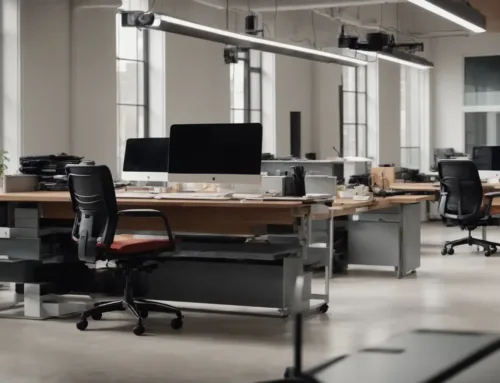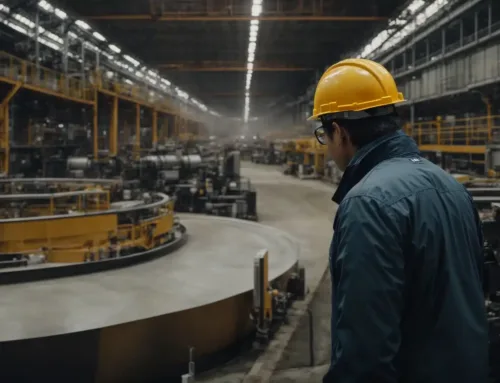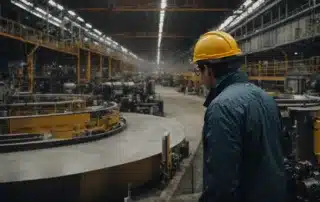Implementing a Hierarchy of Controls for Occupational Disease Prevention
In any workplace, the safety of employees is a top priority, particularly when it comes to preventing health problems like occupational diseases.
The World Health Organization highlights the importance of minimizing dangers that can lead to serious conditions such as respiratory disease, lung cancer, and chronic obstructive pulmonary disease.
By implementing a hierarchy of controls, a company can systematically reduce and manage health risks, keeping workers safer.
This layered approach to disease prevention can be the shield guarding individuals against the escalation of health issues.
Keep reading to discover how each level of control can create a healthier, more secure workplace environment.
Key Takeaways
- The Hierarchy of Control Measures Is Crucial for Reducing Workplace Health Hazards Like Occupational Lung Diseases
- Elimination and Substitution Are Top Priorities in the Hierarchy for Addressing Health Risks Before Resorting to Personal Protective Equipment
- Engineering Controls and Regular Maintenance Are Key in Designing Safer Workspaces to Prevent Health Concerns Such as Respiratory Diseases
- Administrative Controls and Continuous Employee Training Play a Vital Role in Upholding Safety and Minimizing Occupational Health Issues
- Personal Protective Equipment Is the Last Line of Defense and Must Be Used Correctly to Be Effective in Disease Prevention
Understanding the Hierarchy of Control Measures
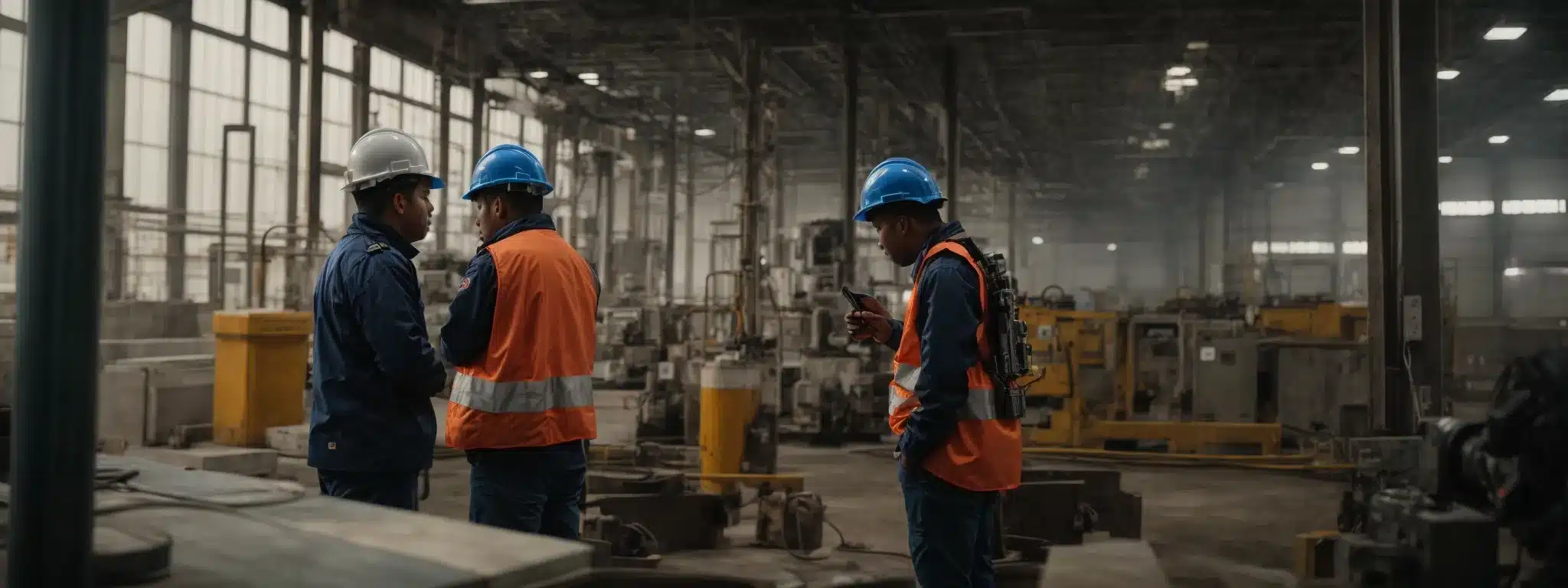
Every workplace carries potential hazards that could spell trouble for the worker’s well-being.
From back pain to more severe conditions like lung cancer or chronic obstructive pulmonary disease, the array of health problems employees could face is extensive.
To tackle these risks, experts turn to the Hierarchy of Control Measures – a system designed to minimize or even eliminate occupational diseases.
This step-by-step method acts as a cornerstone for health promotion, guiding companies in crafting effective prevention strategies.
Before delving into breaking down these measures or identifying the diseases they aim to prevent, it’s crucial to grasp what this hierarchy entails and how it operates as a foundational instrument for guarding against workplace health dangers.
By embracing this proven approach, employers commit to the safety and longevity of their workforce, ensuring a healthier and more productive working environment.
Defining the Concept of Hazard Control Hierarchy
When discussing workplace safety, the Hierarchy of Control Measures is fundamental in outlining the different levels of interventions that a company can adopt. At its core, this concept categorizes control methods based on their effectiveness in warding off hazards inherent to the job.
Central to this system is the idea that some controls are better at reducing risks than others. For instance, completely removing a danger is more impactful than simply issuing protective equipment. The goal here is risk reduction – to trim down the probability that employees will succumb to conditions like occupational lung disease or cardiovascular disease.
Breaking Down the Levels of Control
The foremost layer in the Hierarchy of Control Measures is elimination, which involves the total removal of a risk factor. If, for instance, a particular chemical agent is pinpointed as a cause for respiratory disease in a workplace, the ideal scenario would be to cease using that chemical altogether, thereby protecting the worker from potential health risks.
Subsequent to elimination, the hierarchy emphasizes substitution, where a hazardous agent is replaced with a less dangerous one. A practical example can be found in replacing a toxic paint in manufacturing with an alternative that doesn’t emit harmful fumes, thereby mitigating the threat of occupational lung diseases such as lung cancer or chronic obstructive pulmonary disease.
Recognizing Occupational Diseases in the Workplace
Identifying health issues like occupational diseases is a pivotal task that supervisors and health officials perform within the workplace. Through keen observation and routine inspections, these professionals detect signs of illnesses that stem from work practices, such as respiratory disease or cardiovascular disease.
Diagnostic evaluations, often supported by research from authorities like the World Health Organization and the NLM, are instrumental in confirming the presence of an occupational disease. Early detection is a cornerstone of disease prevention, enabling the implementation of timely intervention studies and prevention strategies to protect the health of adults on the job.
The Role of Hierarchy in Disease Prevention
In disease prevention, the Hierarchy of Control Measures plays a significant part by offering a structured plan for employers to follow. This strategy encourages a top-down approach, prioritizing methods like elimination and substitution before considering personal protective equipment, which can foster a safer environment and effectively reduce the incidence of occupational lung disease and similar conditions.
By applying the hierarchy systematically, companies can address health risks before they result in serious health problems such as lung cancer and chronic obstructive pulmonary disease. Moreover, this proactive application underscores health promotion by showing a commitment to shielding workers from occupational diseases, thereby reducing the number of patients afflicted by work-related ailments.
Strategies to Eliminate Hazards at the Source
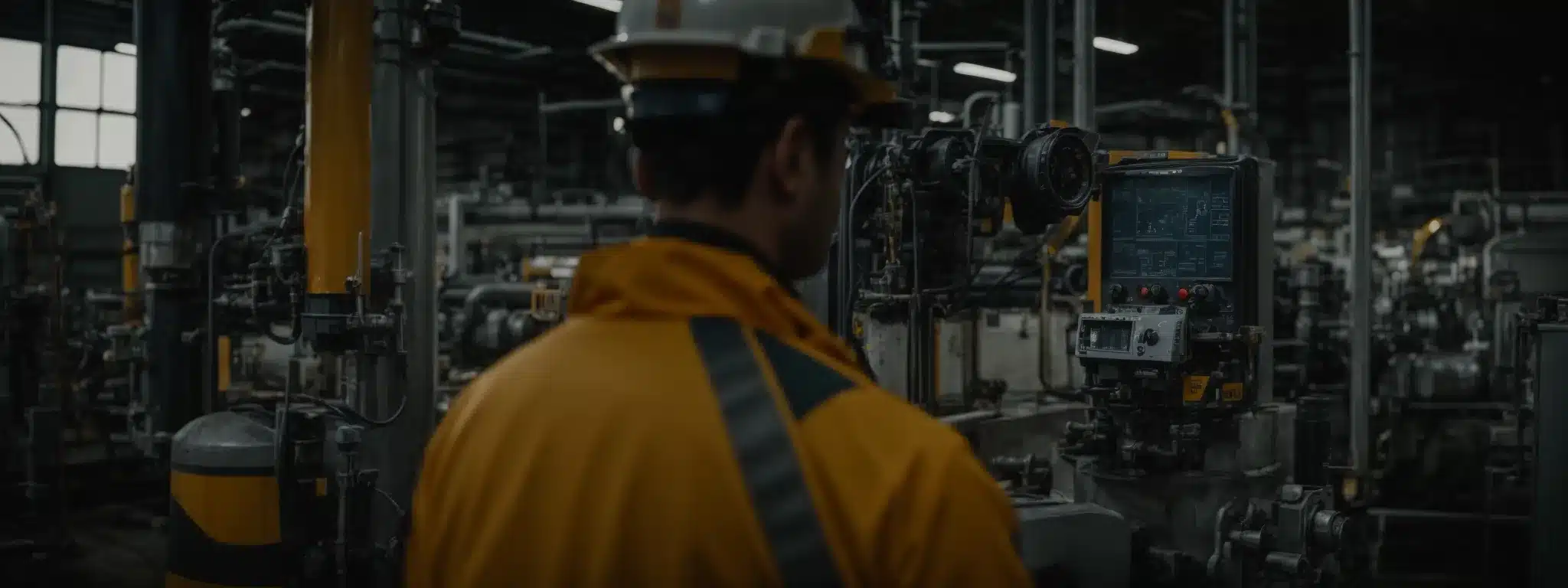
In the pursuit of creating a safer workplace, the most effective measure an employer can take is to eradicate the source of danger completely.
This initial step in the hierarchy, hazard elimination, is not just a notion but a proactive practice, an actionable strategy that demands meticulous planning and precise execution.
As organizations embark on this journey, they often confront diverse challenges that test their commitment to employee safety.
Through exploring various success stories and the obstacles faced, companies can glean insights and forge their own paths to making the workplace a haven from health risks such as occupational lung disease or cardiovascular diseases.
This foundational section will delve into the essentials of identifying actionable steps for hazard elimination, highlight the triumphs of companies who succeeded in securing employee health through such measures, and discuss the complexities that may arise in the quest to neutralize workplace hazards.
Identifying Actionable Steps for Hazard Elimination
When gearing up to remove jeopardy from the workplace, the first move is for an employer to recognize what specifically poses a threat to their workers. This requires a careful evaluation of job processes, materials used, and the work environment itself to uncover any potential sources leading to an array of disorders, not least occupational lung disease and respiratory ailments.
After this identification stage, the next action involves devising a well-thought-out plan to eliminate these hazards. Supervisors and safety teams must work in unison, examining trials and consolidated research, to ensure a successful and complete removal. Their objective is clear: mitigate the onset of workplace health predicaments such as chronic obstructive pulmonary disease and back pain through strategic hazard elimination.
Case Studies: Successful Implementations of Elimination
A leading manufacturing company once grappled with high instances of lung diseases among its workers due to airborne toxins. The firm implemented an elimination strategy, investing in state-of-the-art ventilation systems that completely removed the toxic air contaminants, resulting in a dramatic decline in reported respiratory issues.
In another instance, a construction business identified asbestos as the culprit for occupational lung disease within its workforce. By promptly replacing asbestos with safer building materials, not only did the company eradicate the immediate health jeopardy, but it also set an industry-wide example for prioritizing worker well-being over traditional practices.
Challenges in the Elimination of Workplace Hazards
While the elimination of workplace hazards is the most definitive intervention, it’s often hindered by complex technical or financial constraints. Companies might grapple with the intricate replacement of essential, yet hazardous, equipment without disrupting critical workflows or incurring prohibitive costs, making hazard elimination a daunting challenge.
Further complicating matters are the deeply ingrained work practices and the resistance to change from both employees and management. Overcoming these cultural barriers requires extensive training, education, and a shift in mindset to prioritize long-term health over short-term convenience and traditional methods.
Substituting High-Risk Materials and Processes

Navigating the intricacies of workplace safety, employers recognize the dire need to minimize occupational health hazards for their valued workforce.
With the aim of curtailing conditions like occupational lung diseases and other severe health concerns, the approach shifts from complete removal of risks to exploring less hazardous alternatives through substitution.
This tactic serves as a critical rung on the ladder of the Hierarchy of Controls, where identifying and introducing safer materials and processes becomes paramount.
It not only reflects the organization’s commitment to employee health but also enhances the overall safety culture.
Up next, we will inspect the prowess of substitution as a control measure, scrutinize its results in real workplace settings, and share the beaconing best practices that ensure smooth implementation and elevated worker protection.
Exploring Safer Alternatives in Materials and Methods
Substitution takes center stage when direct hazard elimination is impractical. It involves finding lower-risk options that achieve a similar outcome without incurring the same health risks. Companies making strides in this direction may transition to eco-friendly cleaning agents to reduce workers’ exposure to toxic substances, thereby lowering the risk for conditions like occupational lung disease.
Introducing safer methods into the workplace is equally crucial. Employers are updating traditional procedures with innovative protocols that limit exposure to hazardous agents. This transition can be seen in industries adopting automated systems to handle dangerous tasks, which helps decrease the incidence of occupational diseases such as respiratory diseases and repetitive strain injuries.
Evaluating the Effectiveness of Substitution Strategies
To gauge how well substitution strategies work, it’s vital to look closely at health outcomes after changes are made. Employers must ask: Are fewer workers getting sick with diseases like lung cancer or experiencing back pain since the new materials or methods were brought in?
An excellent way to measure success is by tracking health incidents over time: If numbers go down, that’s strong proof the substitutions are doing their job:
| Year | Number of Health Incidents Before Substitution | Number of Health Incidents After Substitution |
|---|---|---|
| Year 1 | 50 | 30 |
| Year 2 | 45 | 25 |
| Year 3 | 40 | 20 |
Best Practices for Executing Safe Substitutions
To navigate the subtleties of substituting hazardous materials and processes, thorough research and collaboration with industry experts are key. Employers should ensure that alternative materials or equipment are vetted for their safety and effectiveness before full-scale implementation, aligning with industry standards and regulatory guidelines for occupational health.
Clear communication is foundational when introducing substitutions into the workplace. Employers must diligently inform and train their workforce on the new materials or processes, ensuring that every employee understands the changes and the benefits they bring to personal and workplace health. This proactive education helps to accelerate adaptation and enhances the overall acceptance of new safety measures.
Engineering Controls to Minimize Hazards
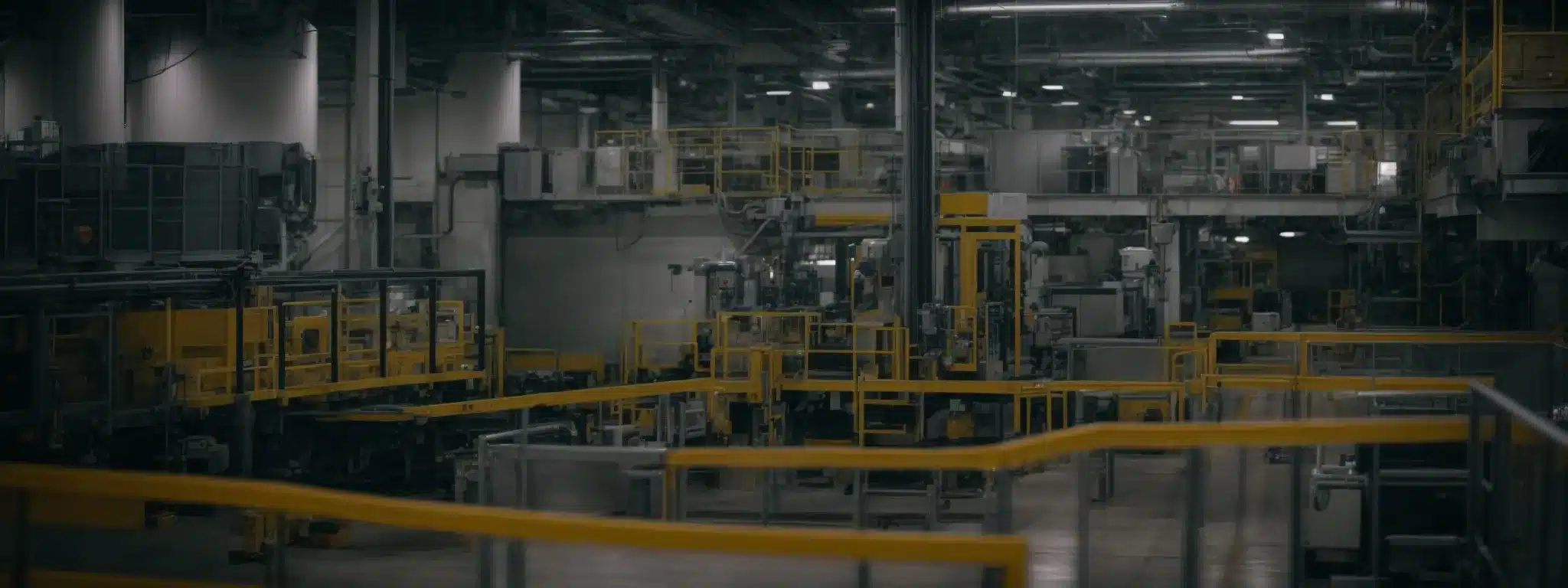
Within the sphere of occupational health services, engineering controls form a vital bulwark against the array of hazards lurking in the workplace.
Ingeniously designed interventions that reshape the environment and its operations, these controls proactively diminish exposure to agents capable of spawning health conditions like respiratory disease or cardiovascular disease.
Engineering adaptations span a broad spectrum, from advanced safety-oriented workplace designs to the integration of cutting-edge technologies that preemptively lower the risk factors associated with occupational lung disease.
Moreover, the effectiveness of these controls hinges on their ongoing maintenance, ensuring their reliability and efficacy in staving off potential health complications and stimulating a culture of vigilant safety practices.
This crucial layer of the Hierarchy of Control Measures not only furthers the cause of workplace health promotion but also signifies a steadfast commitment by both employer and employee to risk reduction and the sustainment of a healthy workforce.
Designing Safer Work Environments Through Engineering
In the battlefield against occupational health risks, designing safer work environments through engineering is a key strategy in the Hierarchy of Controls. By reimagining the workplace layout and equipment used on a daily basis, businesses can forge a path to risk reduction that benefits everyone on the team.
State-of-the-art ventilation systems, ergonomic furniture, and safe walkways are not just aesthetic upgrades but lifesaving installations. These engineered solutions are purpose-built to barricade against potential threats like lung diseases and repetitive strain injuries:
- Advanced ventilation minimizes airborne contaminants to protect against respiratory diseases.
- Ergonomically designed chairs and desks help prevent back pain and other musculoskeletal disorders.
- Clearly demarcated and anti-slip walkways reduce the risk of slips and falls, ensuring that employees move safely within the workspace.
Through integrating these tailored engineering controls, employers underscore their commitment to the welfare of their workforce, acknowledging that the health of individuals is foundational to the success of the whole company.
Modern Technologies Aiding in Hazard Reduction
Embracing the digital revolution, the workplace has seen a significant enhancement in hazard reduction through the deployment of modern technologies. Automated systems now handle tasks once fraught with risk, minimizing human exposure to health hazards such as occupational lung diseases and noise-induced hearing loss.
Additionally, sophisticated monitoring devices equipped with sensors continuously track the presence of harmful agents, providing real-time alerts that ensure swift action to protect workers from exposure to respiratory disease and other occupational health risks.
Maintenance and Regular Checks of Engineering Controls
Maintenance is the silent guardian of engineering controls in the workplace. Regular upkeep and preventive maintenance ensure these systems continue to safeguard employees against hazards like lung diseases and noise-induced hearing loss.
Consistent checks are vital to catch any signs of wear and tear or malfunction before they compromise the system’s integrity: Without it, the equipment could fail, exposing workers to the very dangers they’re designed to avoid.
| Check Interval | Type of Check | Action Taken |
|---|---|---|
| Monthly | Visual Inspection | Assess for physical damage and ensure proper operation |
| Quarterly | Performance Testing | Conduct airflow and quality tests on ventilation systems |
| Annually | Comprehensive Review | Review maintenance logs and update equipment as necessary |
Implementing Administrative Controls and Training
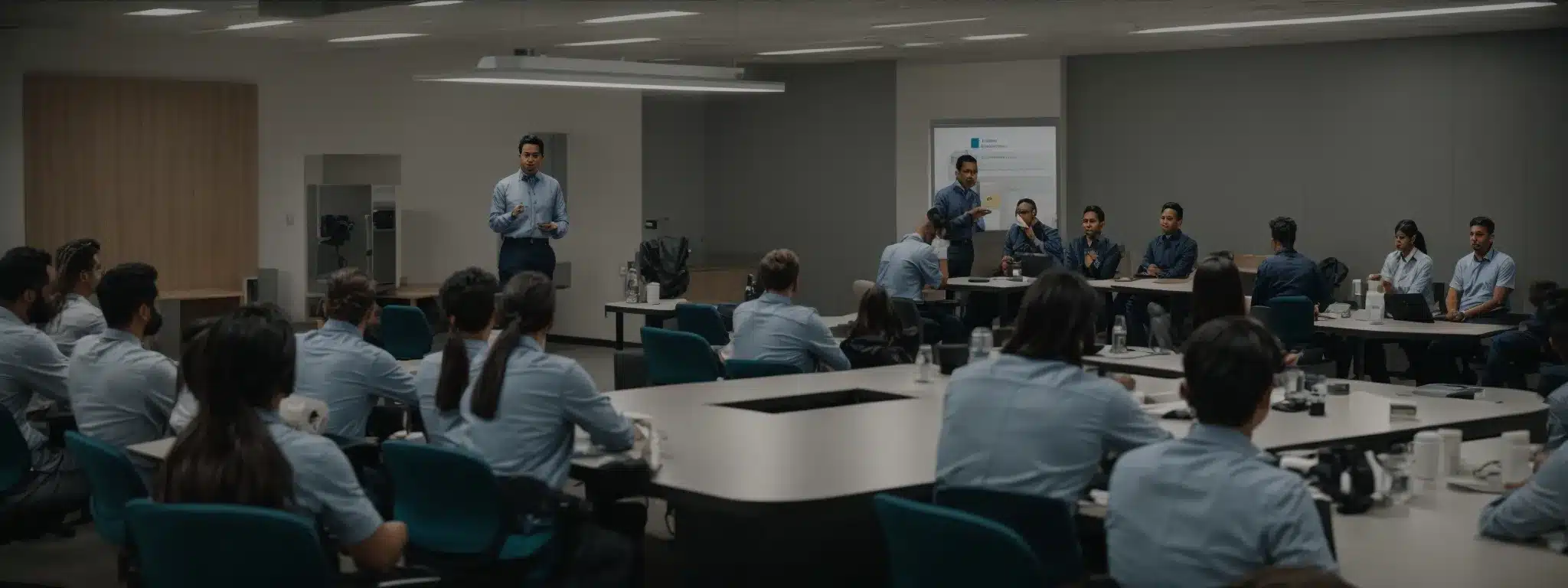
As organizations delve into the layers of the Hierarchy of Controls, implementing administrative controls and training emerges as a pivotal step in the prevention of occupational diseases.
Establishing robust safety policies and ensuring continuous education for workers blend into a strategic approach that can significantly reduce the frequency and severity of workplace health incidents.
This method involves a dynamic process of crafting effective safety measures, prioritizing the importance of educational growth amongst employees, and rigorously monitoring adherence to set standards.
Such proactive measures are designed not only to preserve employee health but to reinforce a safety-centric atmosphere within the company’s culture.
Crafting Effective Safety Policies and Procedures
In the tapestry of workplace wellness, effective safety policies and procedures stand as the warp and weft that bind employee health to the loom of productivity. The author suggests that an employer’s decisive and clear-cut safety regulations are central to navigating the complex fabric of occupational disease prevention, serving as a map for employees to avoid health pitfalls.
The crafting of these safety protocols entails a thoughtful process that reflects the unique tapestry of each workplace: outlining the roles and responsibilities of all team members, from floor workers to supervisors, and setting forth clear guidelines for reporting and responding to potential health issues. These protocols form a company’s pledge to its workforce, championing well-being and actively sidestepping the road to occupational diseases:
- Establishing clear reporting mechanisms for health concerns and near-misses
- Defining consequences for non-compliance with health and safety standards
- Creating a responsive framework for health incident investigation
Importance of Continuous Worker Education and Training
Empowering workers with knowledge and skills through continuous education and training is a linchpin in the battle against occupational diseases. Regular, dynamic training sessions ensure that employees remain alert to evolving hazards and are competent in applying new prevention strategies that keep them safe from health threats such as lung diseases and noise-induced hearing loss.
Moreover, ongoing training reinforces the importance of individual accountability and compliance with safety standards. Workers become adept at identifying risks and implementing effective control measures, which bolsters the entire organization’s resilience against occupational health problems, including respiratory and cardiovascular diseases.
Monitoring Compliance With Administrative Controls
Keeping a keen eye on how well the company’s safety rules are followed is a significant task for employers. Regular audits and spot checks help ensure workers are sticking to the protocols that keep diseases like lung cancer at bay.
These checks often come in different forms:
- Supervisors might watch how employees work, making sure they’re using equipment right and following safety steps.
- Anonymous surveys can gather honest feedback from workers about workplace health and safety practices.
- Regular meetings provide a platform for discussing safety performance and potential improvements.
Through active monitoring, an organization can swiftly address non-compliance issues that might lead to health problems. This vigilant approach is crucial for reducing risks and keeping health promotion efforts on track.
Personal Protective Equipment (PPE) as a Last Resort
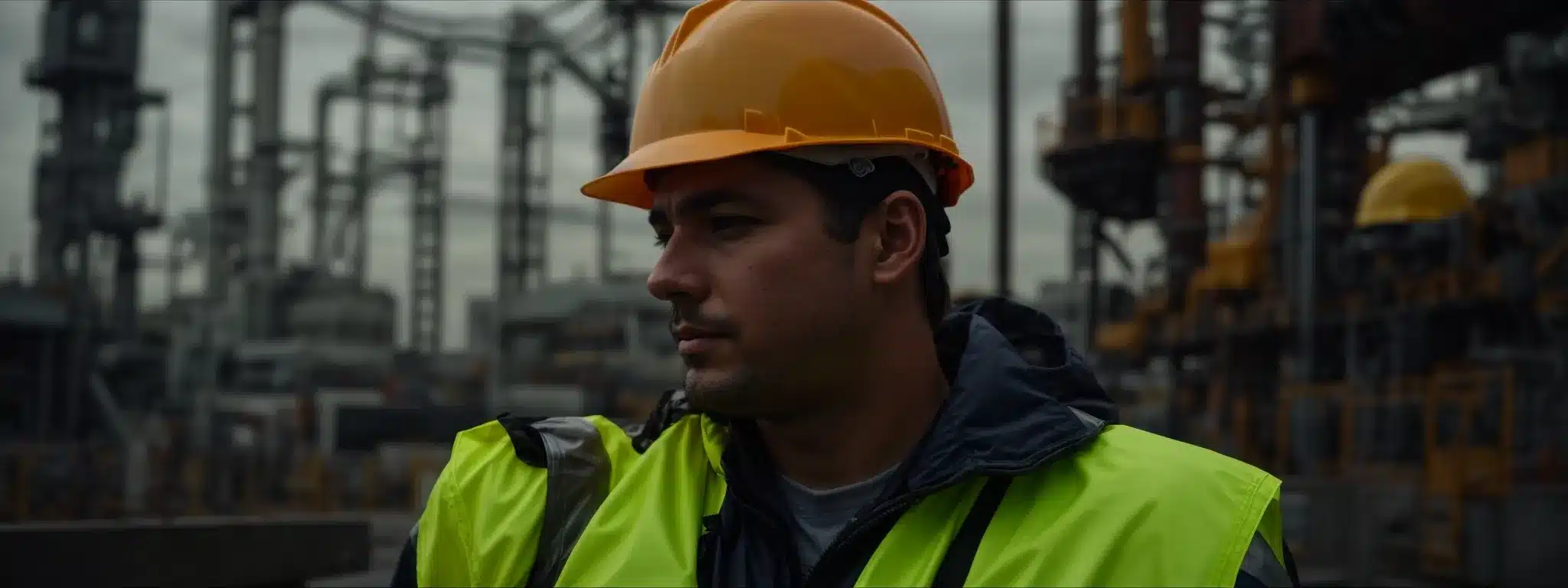
At the pinnacle of safeguarding employees against occupational hazards, Personal Protective Equipment (PPE) stands as the last line of defense.
While the hierarchy of controls prioritizes more systemic solutions, PPE plays an essential role in disease prevention when other measures are not viable.
This critical gear, ranging from respirators to safety goggles, is tailored to shield individuals from the sundry dangers that permeate their working environments.
As we delve into its significance, we consider the judicious selection of proper PPE, underscore the need for meticulous usage and maintenance, and reflect on the inherent limitations of relying solely on PPE for averting health issues in the workplace.
Through a meticulous lens, we focus on how PPE is intricately woven into the comprehensive fabric of occupational disease prevention strategies.
Selecting Appropriate PPE for Various Occupational Risks
In the realm of occupational safety, selecting the right type of Personal Protective Equipment (PPE) is a nuanced task that hinges on assessing specific job hazards. Employers are responsible for evaluating the risks present in their workplace and providing gear tailored to protect against these specific threats, thereby ensuring the guard against conditions ranging from hearing loss to occupational lung disease.
Dedication to this aspect of the hierarchy entails matching PPE to the user, both in terms of the risks they face and ensuring a proper fit, which is vital to the equipment’s effectiveness. This process demonstrates an employer’s commitment to not just meeting regulatory requirements but to truly safeguarding their workforce from serious health problems such as respiratory disease and chemical burns.
Ensuring Proper Use and Care of PPE
It’s up to employers to ensure that every member of their team knows how to use Personal Protective Equipment (PPE) correctly. Training sessions must cover proper donning and doffing procedures, along with regular demonstrations that underscore the importance of PPE in protecting against workplace dangers like lung diseases and respiratory issues.
Additionally, maintaining PPE in top condition is critical for its effectiveness as a final barrier against occupational health risks. Workers need clear guidelines on routine inspection, cleaning, and replacement of their equipment, minimizing the risk of malfunctions or contamination:
- Detailed instructions for regular PPE inspection to catch potential wear or damage.
- Step-by-step procedures for PPE cleaning and sanitation to ensure hygienic use.
- Clear criteria for when to replace PPE, ensuring that protective qualities aren’t compromised.
Limitations and Considerations for PPE Use in Disease Prevention
Despite Personal Protective Equipment’s (PPE) essential role as a safeguard, reliance on it alone isn’t sufficient for comprehensive disease prevention. The effectiveness of PPE can be compromised if workers are inadequately trained in its use or if the equipment isn’t suited to the specific hazards present. It’s critical to integrate PPE into a broader strategy of occupational disease prevention to ensure the highest level of worker protection.
Employers must acknowledge that while PPE serves as a critical defense, it does not address the hazard at its source and often restricts movements or may not be worn consistently by all employees. Consequently, it is imperative to regard PPE as a supplemental tool rather than the primary means of prevention, and to focus on controls higher in the hierarchy that work to eliminate or reduce risk exposures before they reach the worker.


